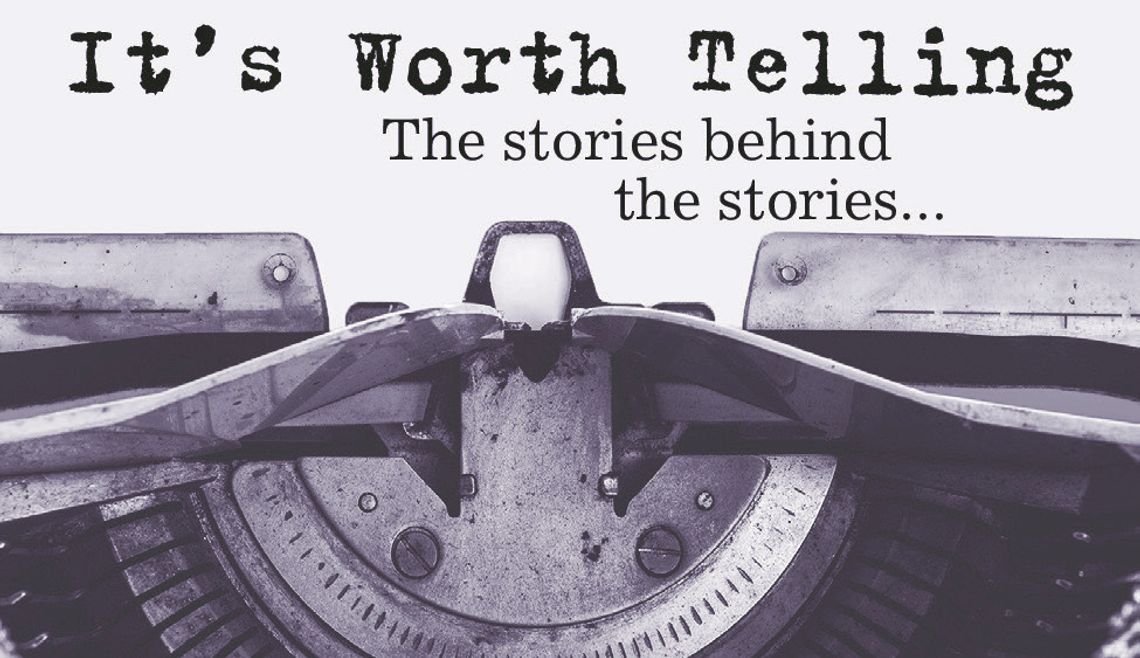When I was growing up in the 1950s in the Texas panhandle, I expected the threat from quicksand would be a lot more predominant in my adult life than it has turned out to be.
I mean, really - there I was, just settling into the Saturday matinee at the Esquire Theater with my Coke, my Mr. Goodbar and my popcorn and then - Oh no! The hero is neck-deep in quicksand, flailing wildly, moments from doom. This scene played out countless times in 1950s and ‘60s popular culture.
Every quicksand scene followed a predictable formula. The future clueless victim would innocently wander into a seemingly benign patch of ground. There’d be a squishing sound, a look of dawning horror, and the realization that escape was far from certain. One bystander would yell, “Don’t struggle, or you’ll sink faster!” Finally, someone would toss a vine or branch just in time, saving the day. The entire scene often took up a solid five minutes of screen time, despite being utterly unnecessary to the plot. It was cinematic padding at its squishiest.
Back then, quicksand seemed a pervasive threat – none were safe from the inevitable doom. Westerns had cowboys falling into quicksand-filled arroyos. Jungle movies had explorers vanishing with dramatic cries of “Help!” Wylie Coyote fell prey. Even the Skipper on Gilligan’s Island had his quicksand moment.
Why Quicksand? The answer lies partly in the era’s love for exotic, adventurous settings – jungles, swamps, deserts – anywhere quicksand might lurk. It was also the perfect suspense builder: visually dramatic and terrifyingly plausible (or so it seemed). Even Neil Armstrong was worried. Yep. Before the Apollo 11 mission, NASA was actually concerned that the moon’s surface could be like quicksand. This apprehension was based on the idea that the fine dust covering the moon might be soft enough to swallow a human – or even a spacecraft. It’s not as unlikely as you think. The Moon is covered in a layer of statically charged dust with the consistency of ash the result of billions of years of meteor impacts and heat stress on the surface. It’s theorized that there are seas and craters on the Moon that are filled with it to a depth of hundreds of meters.
In the mid-20th century, the pervasive depiction of quicksandrelated peril was so overwhelming that many kids grew up with an unshakable fear that they’d encounter it on the way to school or at the local park.
At a deeper level (pun intended), quicksand reflected the existential dread of its time. Quicksand served as an apt metaphor for feeling overwhelmed and stuck. Sounds about right for a generation fretting about possible nuclear annihilation, duck-and-cover drills and backyard bomb shelters.
By the 1970s, quicksand had started to lose its cultural grip. Filmmakers moved on to bigger, gaudier threats – sharks, volcanoes, killer asteroids. But for anyone who grew up during the quicksand craze, the idea of sinking into oblivion left a lasting impression. The need for an escape plan was actually so pervasive that it even generated real “PublicService Announcements.” The good news: escape from quicksand is fairly easy and straight-forward.
1. Don’t panic 2. Don’t struggle 3. Lay flat or lean back to distribute your weight over a wider area.
4. Swim out, which even sounds enjoyable 5. Worst case scenario: a dog with a stick will save you.
So, what happened to all that quicksand? Turns out, it was never really the menace we thought.
It was just an oddly specific anxiety shaped by pulp fiction and Saturday matinees. Maybe that’s the point – quicksand wasn’t about real danger, but about the idea of danger. Quicksand mania has receded, but the unsettling feeling remains – of being caught off guard, of slowly sinking while the world watches. The ground still feels just as unstable beneath our feet, but today’s fears wear different disguises. We’ve traded nature’s trapdoor camouflaged as a sandbox for the terror of dead cell phone batteries, neverending emails and 24hour news cycles.
Don Minnick is a clinical psychologist and organizational consultant and the author of bookslinked to business and the arts. He has found a home in the creative and culture-rich Wimberleyvalley. He is a Board Member of Wimberley Arts.org. [email protected]







